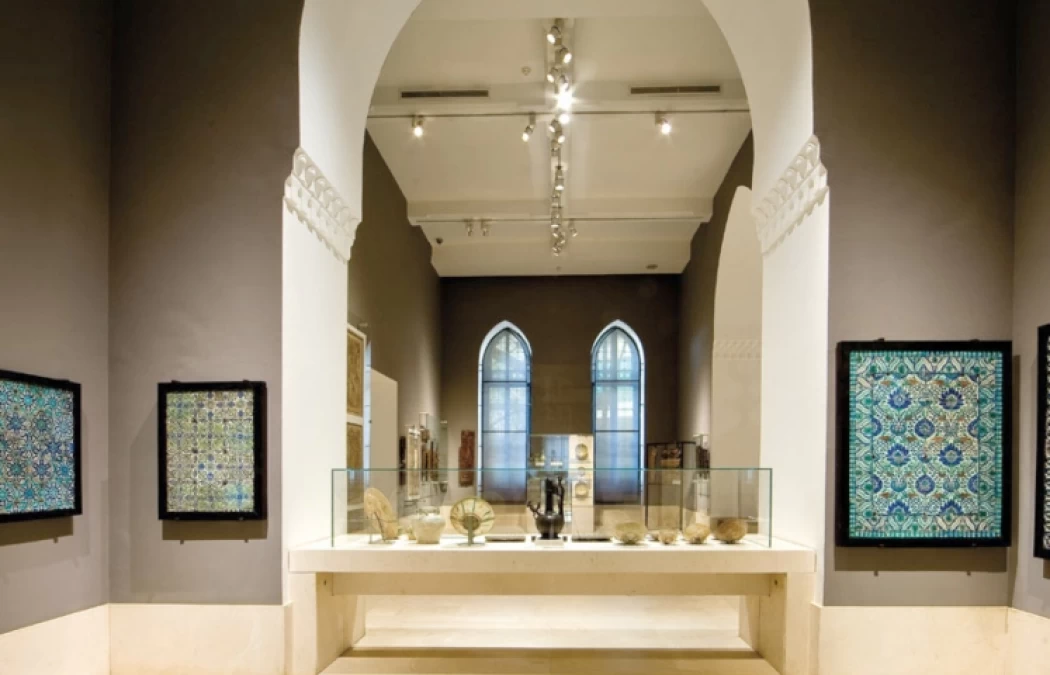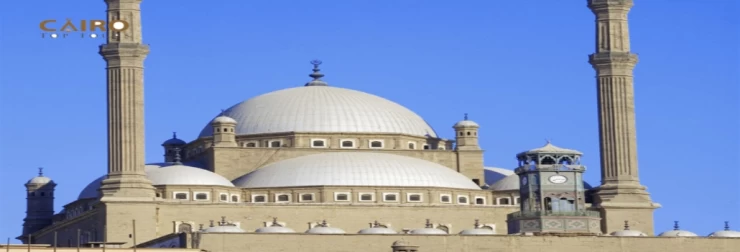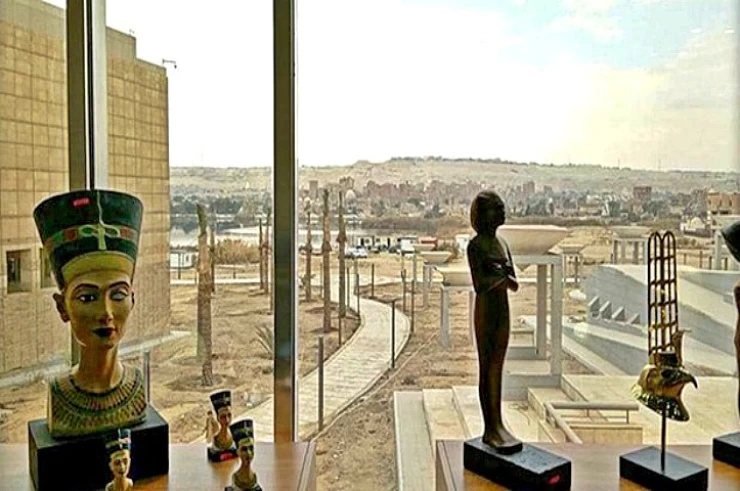
The museum of Islamic art
The Museum of Islamic Art in Cairo is the most prominent Islamic Museum in the world, where it houses various collections of Islamic art from India, China, and Iran through the arts of Arabia, the Levant, Egypt, North Africa, and Andalusia. Khedive Tawfik issued an order to the Awqaf Department in 1881 to collect all the precious art artifacts found in mosques and Islamic houses, so the Museum of Islamic Antiquities appeared for the first time in the world, and it was one room that the public was allowed to visit to study its antiquities, and in 1884, the ruler's mosque, Amr Allah, became the headquarters of the House of Arab
History
IN 1880 when Frantz Pasha collected archaeological artifacts dating back to the Islamic era in the eastern Iwan of the governor's mosque in Amr Allah, in 1882 the number of archaeological artifacts collected was 111 artifacts, and then a small building was built in the courtyard of the governor's mosque called the "Arab museum" under the management of frantzbasha, who left the service in 1892. The current museum building was opened during the reign of Khedive Abbas Hilmi II on December 28, 1903, and then the name of the house was changed in 1951 to the "Museum of Islamic Art". In 1982-1983, the museum was developed and a hidden garden was added to it, and a side door was opened leading to the museum garden. Among the additions made during the development were a library for the museum, a children's room, as well as a hall dedicated to displaying a collection of textiles and carpets.
Description
The museum has two entrances, one on the northeast side and the other on the southeast side, which is currently in use. The facade of the museum overlooking Port Said Street is distinguished by its Islamic motifs inspired by the Islamic architecture in Egypt in its various eras.
The museum consists of two floors; the first has Exhibition Halls, the second has storerooms and a basement used as a warehouse and for the Department of archaeological restoration.
The museum includes many archaeological Holdings dating back to the Islamic era, which number up to one hundred thousand archaeological artifacts the museum includes Islamic antiquities from various eras such as the Umayyad, Abbasid, Tulunid, and Persia
















